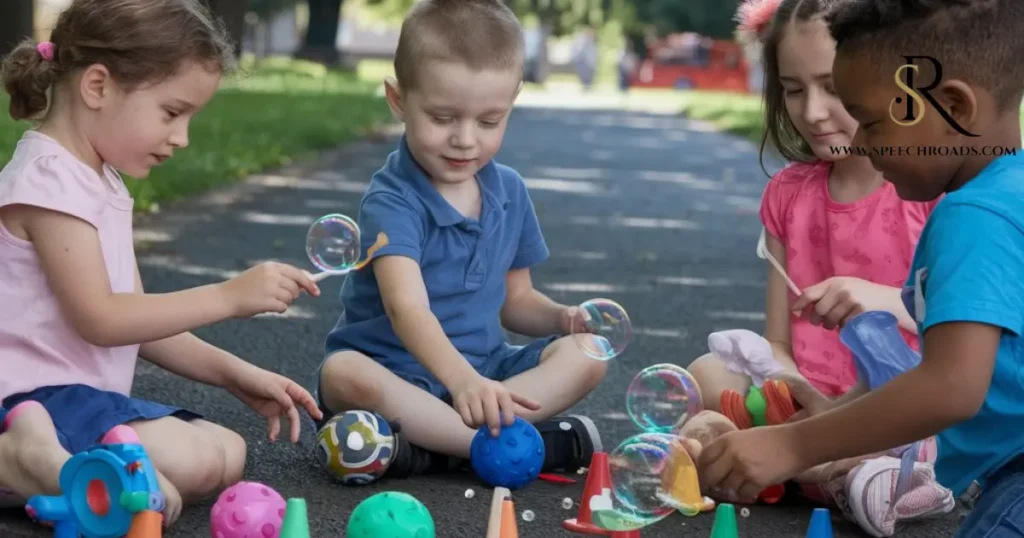Receptive Language Goals for Autism
Effective verbal exchange is important for every toddler, especially people with Autism Spectrum disorder (ASD).
Among various elements of language, receptive language development plays a crucial role in how children recognize and system information.
This blog post explores receptive language goals for autism, imparting insights, strategies and assets to decorate conversation abilities in autistic children.
Discover key receptive language goals for autism to help children improve comprehension and communication skills effectively.
Understanding Receptive Language Goals For Autism
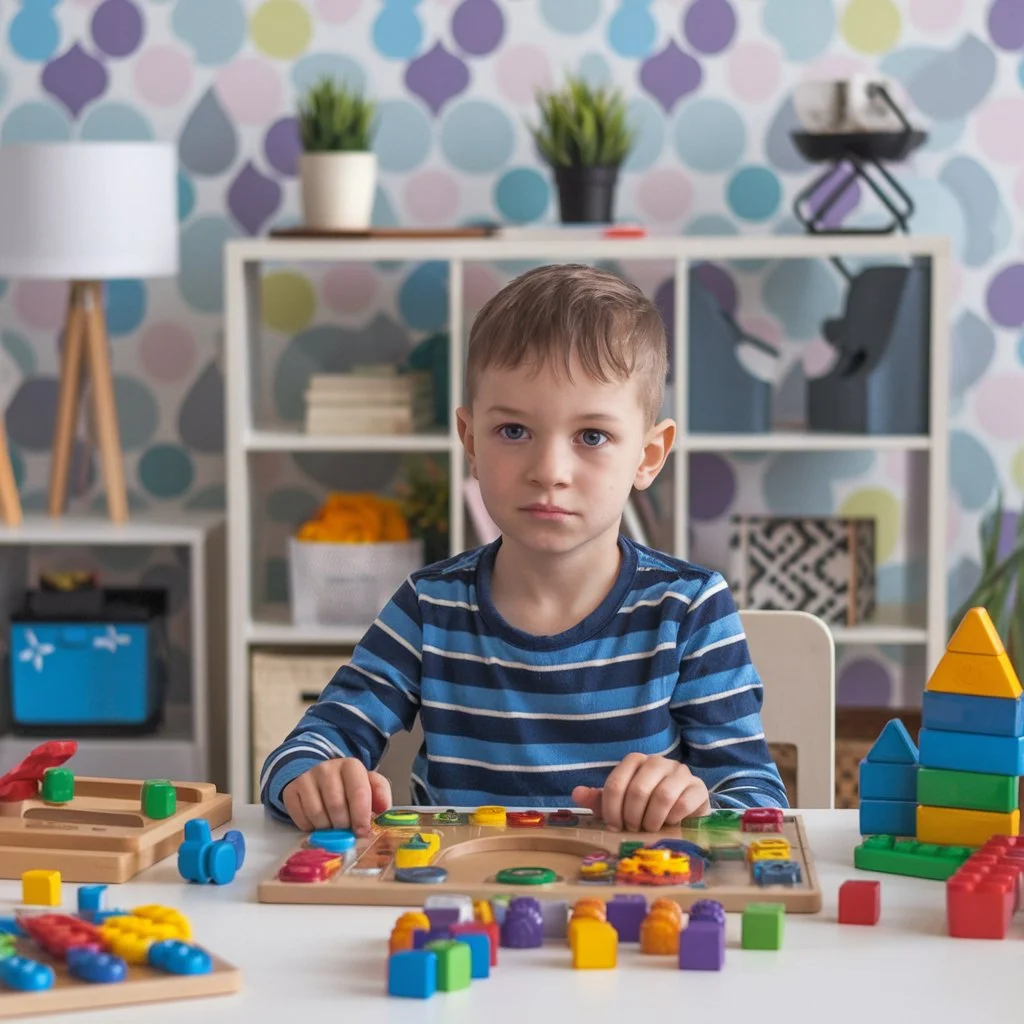
Receptive language refers back to the capacity to understand spoken language. It encompasses more than a few talents from following directions to comprehending complex sentences. For kids with autism, receptive language development can fluctuate significantly from their neurotypical peers
Importance of Receptive Language
Receptive language serves as the inspiration for powerful conversation capabilities. Children who war with information spoken language may additionally discover it tough to interact in conversations, follow instructions or reply accurately in social settings. This project can result in frustration, isolation and hindered cognitive development.
Connection to Autism
Research suggests that many youngsters with ASD experience delays in receptive language skills. knowledge of those variations is prime to growing powerful techniques that support their verbal exchange wishes.
Common Challenges in Receptive Language for Children with Autism
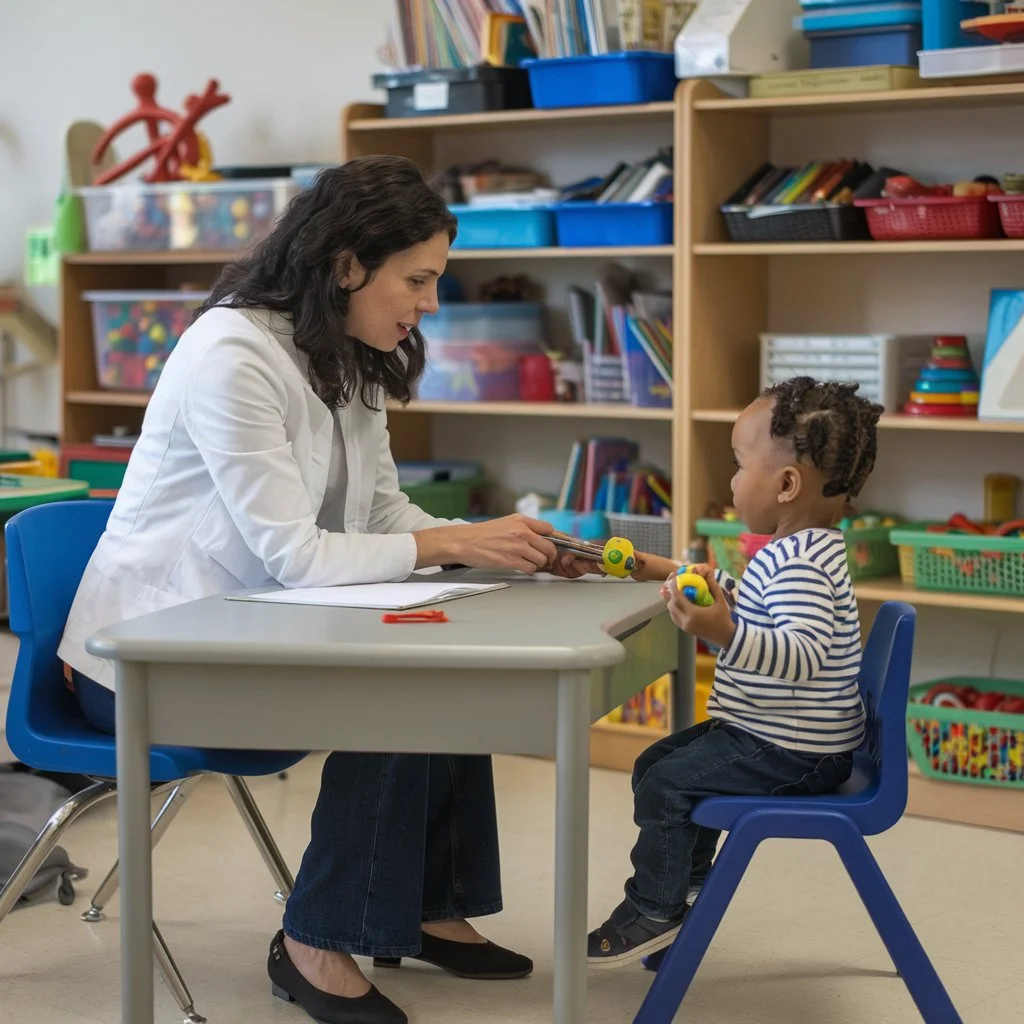
Childrens with autism face precise challenges with regards to receptive language. Here are a few not unusual boundaries:
Difficulty Following Directions
Many autistic kids want to observe verbal instructions in particular if they involve multiple steps. A simple command like, “Please pick up your toys and put them in the box,” can be overwhelming.
Limited Understanding of Vocabulary
Vocabulary acquisition regularly lags behind in youngsters with ASD. They’ll understand fewer words than their peers which could avert their capability to take part in normal conversations.
Challenges with Non Verbal Cues
Nonverbal communication which includes frame language and facial expressions plays a full size role in information spoken language. Autistic kids may additionally find it hard to interpret those cues leading to misunderstandings in social interactions.
Setting Receptive Language Goals
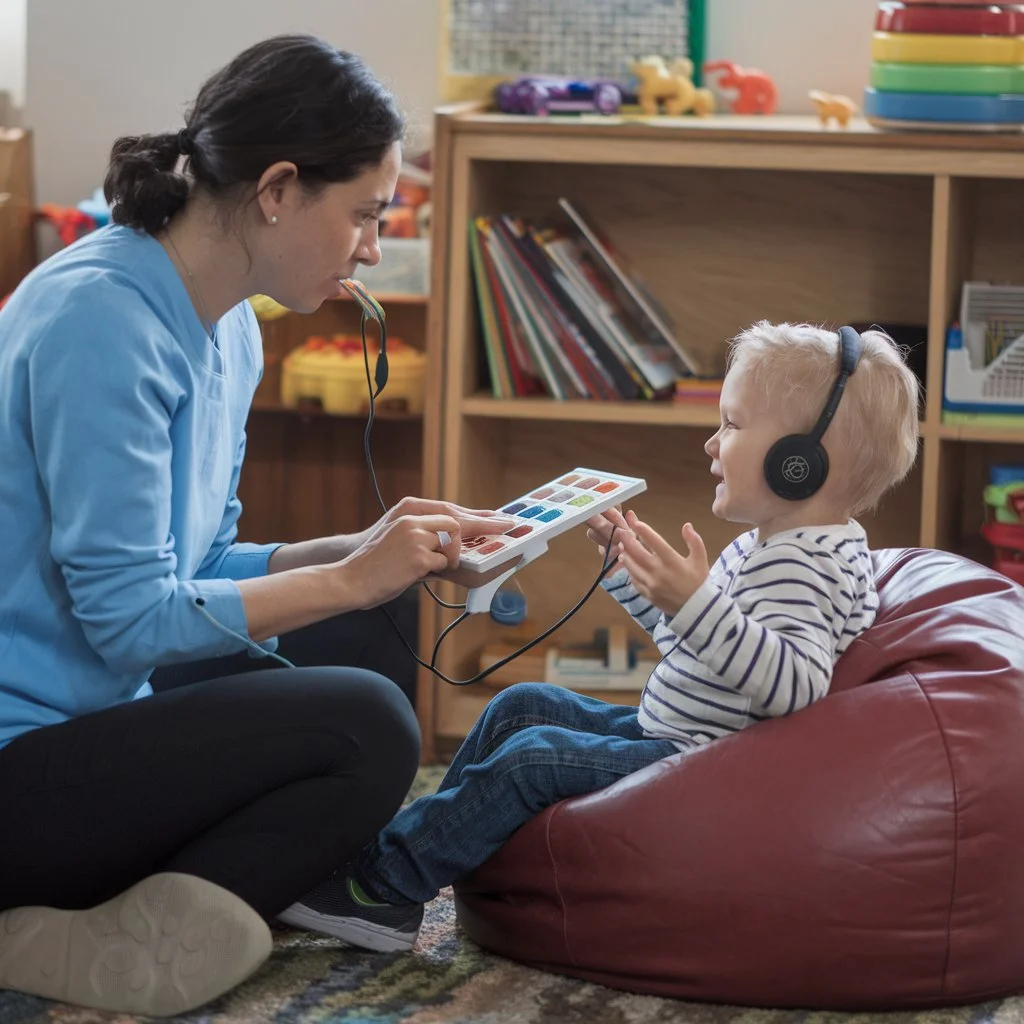
When it comes to improving receptive language skills, setting clear goals is essential. Using the SMART criteria can help create effective achievable objectives.
SMART Goals Overview
Specific: Without a doubt define what the goal involves.
Measurable: Decide how progress might be tracked.
Achievable: Set realistic expectations based on the child’s cutting edge abilities.
Relevant: Make sure the intention is meaningful to the kid’s daily lifestyles.
Time bound: Set up a timeline for attaining the purpose.
Examples of Effective Goals
Listening Comprehension: By the end of the school year the child will correctly answer simple questions about a story read aloud 80% of the time.
Following Directions: The child will follow multi step instructions (e.g., “Get your shoes and put them by the door”) with 90% accuracy by the end of the semester.
Vocabulary Building: Each month the child will learn and use five new words in context improving their overall language comprehension.
Strategies to Achieve Receptive Language Goals
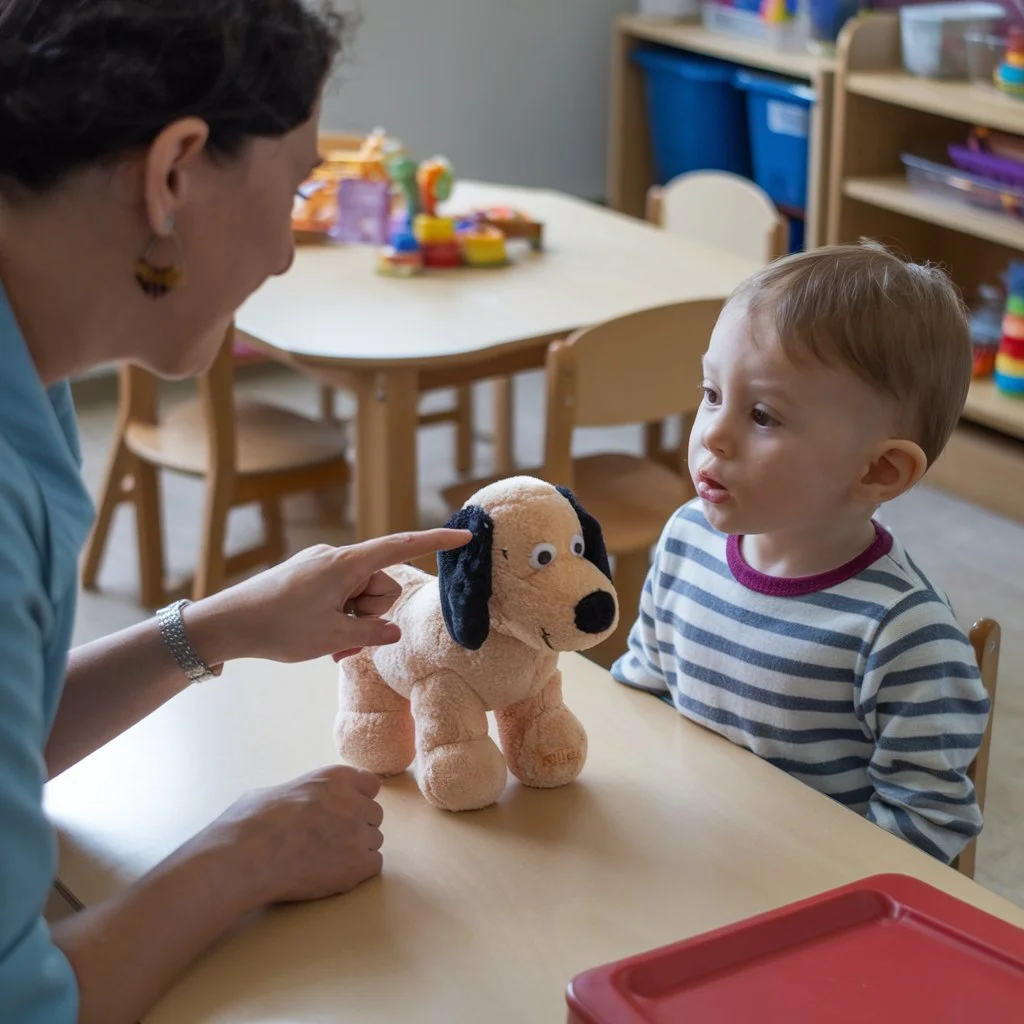
Enforcing powerful strategies can drastically beautify receptive language goals. Right here are some practical processes:
Visual Supports
Using visual aids consisting of pix, charts and written commands can assist clarify verbal data. For instance pairing a photo of a shoe with the education “placed on your footwear” can aid understanding.
Repetition and Routine
Children thrive on consistency. Often the usage of the identical phrases and exercises reinforces gaining knowledge of. For instance consistently using the phrase “time to clean up” at the end of playtime can help the child associate the phrase with the action.
Interactive Activities
Engaging in games and playful activities can make learning enjoyable. Activities like Simon Says or following the leader help reinforce listening skills in a fun interactive way.
Modeling Language
Demonstrating appropriate responses and language use in numerous contexts provides a realistic framework for children. For instance when discussing a toy, you might say, “This is a red car. Can you say red car?” This encourages them to imitate and practice.
Collaborating with Professionals
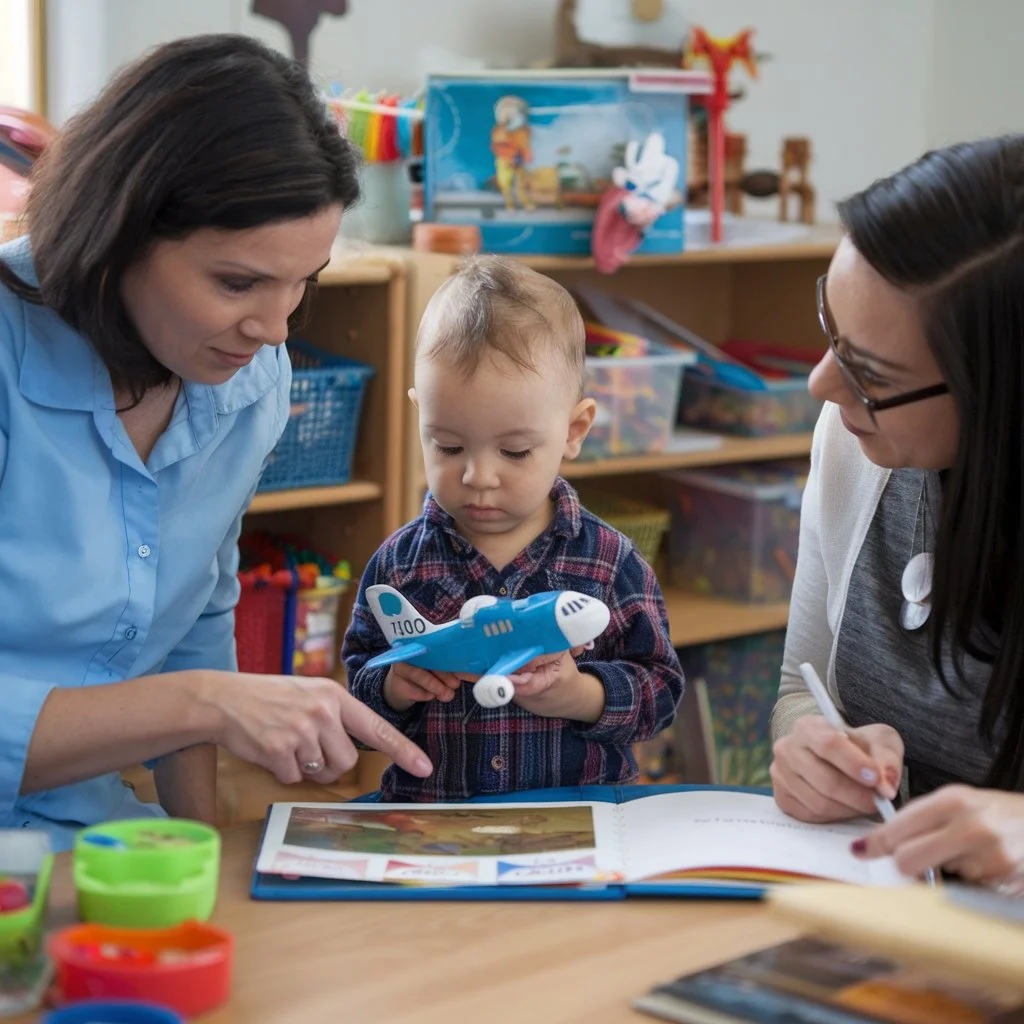
Role of Speech Language Pathologists (SLPs)
SLPs play a vital position in developing and imposing receptive language dreams. They are able to examine a child’s language competencies and create tailor made strategies that fit their specific wishes. Ordinary periods with an SLP can considerably beautify language comprehension and communication capabilities.
Family Involvement
Parental involvement is vital in reinforcing language development at home. Right here are a few methods mother and father can support their infant:
- Practice at Home: Engage in daily activities that encourage listening and understanding.
- Read Together: Share books and ask questions about the story to enhance comprehension.
- Use Everyday Opportunities: Reinforce language skills during routine activities like cooking or shopping.
Monitoring Progress

Tracking a child’s development is essential for adjusting goals and strategies. Right here are some powerful methods:
Tracking Tools
utilizing checklists, apps or development charts can assist parents and educators reveal improvements in receptive language talents. For example an easy tick list can track whether the child effectively follows guidelines over time.
Adjusting Goals
Regularly reassessing goals primarily based on the kid’s development lets in for flexibility. If an infant masters a purpose sooner than expected, set a brand new more challenging objective.
Real Life Success Stories
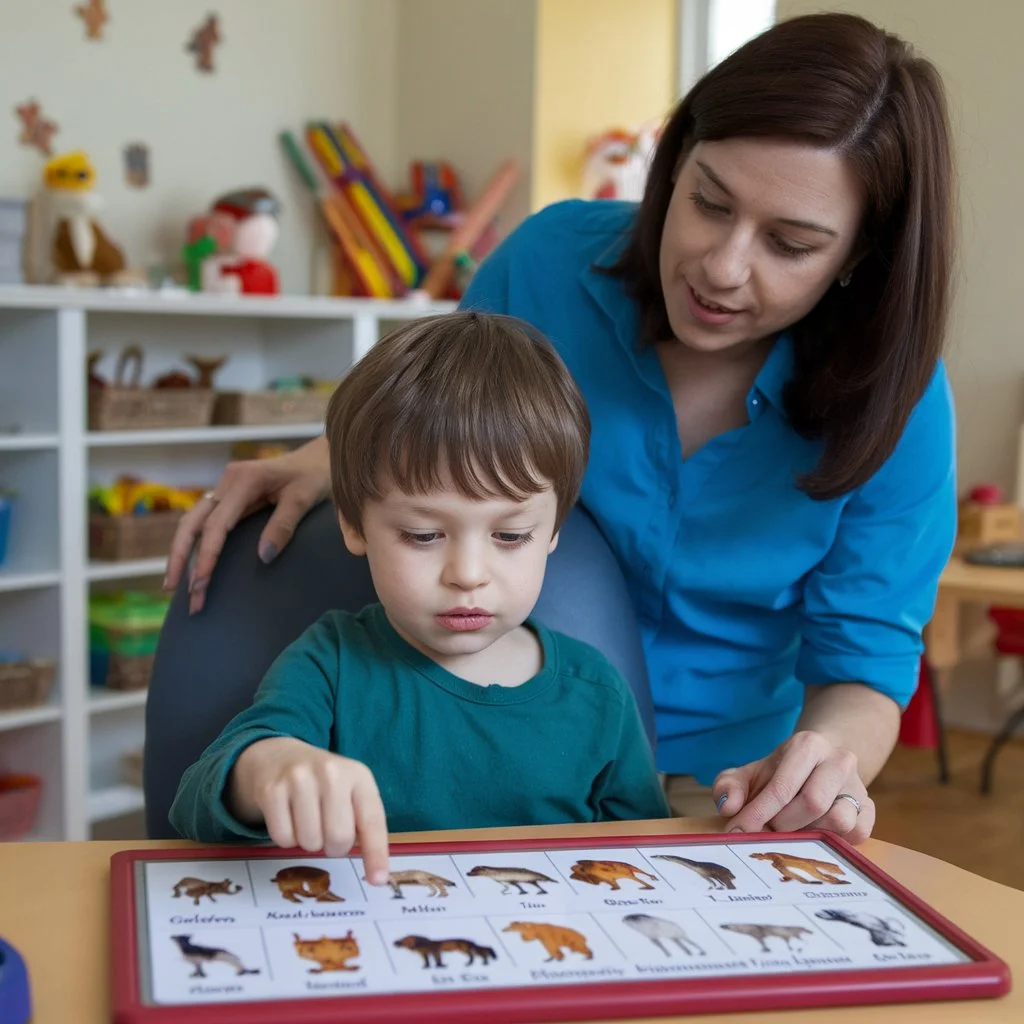
Case Studies
Case Study 1: A 6 year old boy with ASD struggled to follow directions. With consistent practice using visual aids and routine reinforcement he improved from following 50% of instructions to 90% within six months.
Case Study 2: A 7 year old girl had limited vocabulary. By integrating vocabulary building activities into her daily routine she expanded her vocabulary from 50 to 150 words in a year.
Quotes from Parents and Educators
“Seeing my son follow directions after months of hard work was incredibly rewarding. The strategies we used made a real difference!” – Parent
“Setting clear goals helped my students stay focused. It’s amazing to watch them grow in their understanding of language.” – Educator
FAQ’s
What are the signs of receptive language delay in children with autism?
- Issue following simple guidelines or commands.
- Restricted reaction to questions or activities.
- Demanding situations in expertise stories or conversations.
- Struggles with figuring out or naming objects.
How long does it typically take to see progress in receptive language skills?
Progress can vary widely relying on the child’s man or woman wishes, the frequency of exercise and the strategies used. A few youngsters may additionally display improvement in a few weeks while others might also take numerous months. Consistency is prime.
Can receptive language skills impact social interactions?
Clearly. Strong receptive language skills are essential for effective social communique. Children who understand spoken language higher can engage in conversations, respond to social cues and participate in institution activities.
What role does sensory processing play in receptive language development?
Sensory processing can substantially affect language improvement. Children who have trouble with sensory input might also find it challenging to focus on verbal exchange leading to delays in language knowledge. Tailoring activities to house sensory wishes can be beneficial.
Conclusion
Receptive language goals are vital for children with autism. By information the particular demanding situations they face and enforcing effective strategies. Parents and educators can considerably enhance their verbal exchange abilities
Recap Key Points
- Receptive language encompasses understanding spoken language that’s essential for powerful communication.
- Putting smart goals enables creating clean manageable objectives.
- Techniques like visible helps, habitual and interactive sports can enhance studying.
- Collaboration with professionals and lively parental involvement play full size roles in language development.
Encouragement
in case you’re a discern or educator, remember the fact that every small step counts. rejoice the milestones, regardless of how small, as they result in significant enhancements in language comprehension.
Call to Action
Have you set receptive language goals to your infant? Proportion your studies or ask questions in the comments below! Your insights may want to assist others at the identical adventure.
Resources and Further Reading
Books:
- “The Reason I Jump” by Naoki Higashida
- “Uniquely Human: A Different Way of Seeing Autism” by Barry M. Prizant
Websites:
- Autism Speaks
- National Autism Association
Professional Contacts:
- Find a local Speech Language Pathologist through the American Speech Language Hearing Association.
With the aid of those who specialize in receptive language goals you could set the level for improved communique and social interaction for children with autism.
With persistence practice and the right strategies each baby can thrive.

